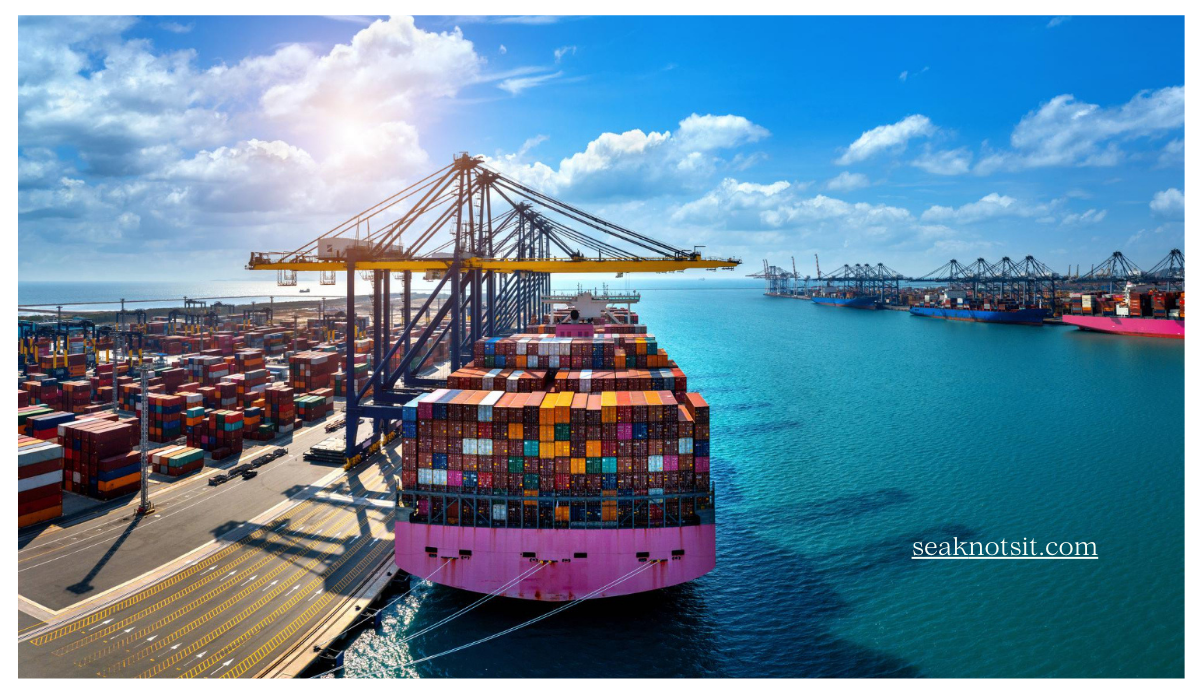Introduction – The Changing Dynamics of Freight Forwarding
Freight forwarding has consistently served as the foundation of global trade. In light of globalization, the rise of e-commerce, and increasing customer demands, the logistics sector is facing significant pressure to enhance efficiency and transparency.
Shippers and freight forwarders are now tasked with managing intricate supply chains, offering real-time visibility, and ensuring compliance across various regions. Traditional manual methods are no longer adequate.
This is where Freight Forwarding Software, container tracking software, and sophisticated logistics management software come into play, revolutionizing the industry through digital solutions.
Major Challenges in Freight Forwarding Today
Despite technological progress, freight forwarders encounter numerous challenges that impede seamless operations. Some of the most critical issues include:
- Lack of Visibility: Clients anticipate real-time updates, yet manual tracking or obsolete systems hinder the ability to deliver precise shipment statuses.
- Complex Documentation: International trade necessitates a significant amount of paperwork – including bills of lading, customs declarations, and invoices – all of which are susceptible to errors when handled manually.
- Inefficient Communication: Coordination among carriers, shippers, customs, and warehouses frequently leads to delays due to disjointed communication.
- Regulatory Compliance: Each nation has its own customs regulations and trade compliance standards, complicating cross-border shipping considerably.
- Cost Pressures: Increasing fuel prices, port congestion, and the demand for quicker deliveries impose substantial financial burdens on freight forwarders.
- Data Management Issues: Managing large volumes of shipment data without appropriate systems can result in errors, inefficiencies, and suboptimal decision-making.
These challenges underscore the necessity of moving away from manual processes or outdated tools.
Explore More: Fleet Management System
How Freight Forwarding Software Addresses These Challenges?
Modern Freight Forwarding Software is crafted to optimize operations, minimize errors, and improve visibility. Below is an overview of how technology tackles the aforementioned challenges:
- Real-Time Visibility with Container Tracking Software: Freight forwarding systems are integrated with Container Tracking Software, allowing both forwarders and clients to monitor live shipment statuses, estimated delivery times, and any delays.
- Automated Documentation: The software mitigates manual errors by automating essential documents such as bills of lading, customs forms, and invoices, thereby ensuring compliance and expediting clearances.
- Centralized Communication: Digital platforms consolidate all stakeholders onto a single dashboard, facilitating clear, transparent, and timely communication.
- Regulatory Compliance Management: Numerous logistics solutions include compliance modules that automatically refresh regulations, thereby diminishing the risk of fines and shipment holds.
- Data-Driven Decision Making: Utilizing advanced analytics, freight forwarders can assess trends, predict demand, and optimize routes to reduce costs and enhance efficiency.
- Integration with Logistics Management Software: Freight forwarding solutions effortlessly connect with Logistics Management Software, ensuring seamless coordination among transportation, warehousing, and delivery operations.
Advantages of Implementing Freight Forwarding Solutions
The adoption of Freight Forwarding Software yields significant benefits:
- Enhanced Efficiency: Automated processes decrease manual labor and accelerate operations.
- Greater Accuracy: Digital systems significantly reduce errors in documentation, communication, and billing.
- Cost Savings: Route optimization, fewer delays, and improved carrier negotiations contribute to lower operational costs.
- Improved Customer Satisfaction: Real-time tracking and quicker response times foster customer trust and loyalty.
- Scalability: Software solutions enable freight forwarders to manage increasing volumes without a corresponding rise in costs.
- Business Intelligence: Data analytics play a vital role in strategic planning, market forecasting, and performance assessment.
By implementing Container Tracking Software and Logistics Management Software in conjunction with freight forwarding tools, companies can establish a fully integrated ecosystem that offers comprehensive visibility.
Selecting the Appropriate Freight Forwarding Software
With numerous options available, it is essential to choose the right solution. Consider the following factors:
- Ease of Integration: Verify that the software can seamlessly integrate with current ERP, CRM, and Logistics Management Software systems.
- Real-Time Tracking Capabilities: Seek advanced features in Container Tracking Software that ensure transparency for clients.
- Scalability and Flexibility: Opt for a solution that can expand alongside your business and adjust to new trade regulations.
- Automation Features: Assess the extent to which the system can automate processes – from documentation to invoicing.
- User-Friendly Interface: A straightforward and intuitive platform increases staff adoption rates.
- Support and Security: Dependable customer support and robust data security measures are essential.
A well-selected system not only addresses present challenges but also prepares freight forwarders for future expansion.
The Future of Freight Forwarding – Embracing Digital Transformation
The future of freight forwarding is rooted in complete digitalization. Innovative technologies such as artificial intelligence (AI), blockchain, and the Internet of Things (IoT) are defining the next wave of logistics.
For example, IoT-enabled sensors linked with Container Tracking Software will yield more detailed data regarding cargo conditions. Blockchain technology will ensure tamper-proof documentation and secure transactions.
AI-driven Logistics Management Software will facilitate predictive analytics for optimizing routes, forecasting demand, and planning inventory.
As customer expectations change, freight forwarders who adopt digital transformation will maintain their competitive edge, while those who resist change may find themselves lagging behind.
Conclusion
Freight forwarding has evolved beyond merely transporting goods from one location to another; it now emphasizes transparency, speed, and precision. The issues surrounding visibility, compliance, communication, and cost constraints cannot be addressed using outdated techniques.
By implementing the appropriate solutions, freight forwarders can enhance efficiency, lower expenses, ensure regulatory compliance, and provide an outstanding customer experience. The future of freight forwarding is digital, and those who invest in technology today will shape the industry of tomorrow.

